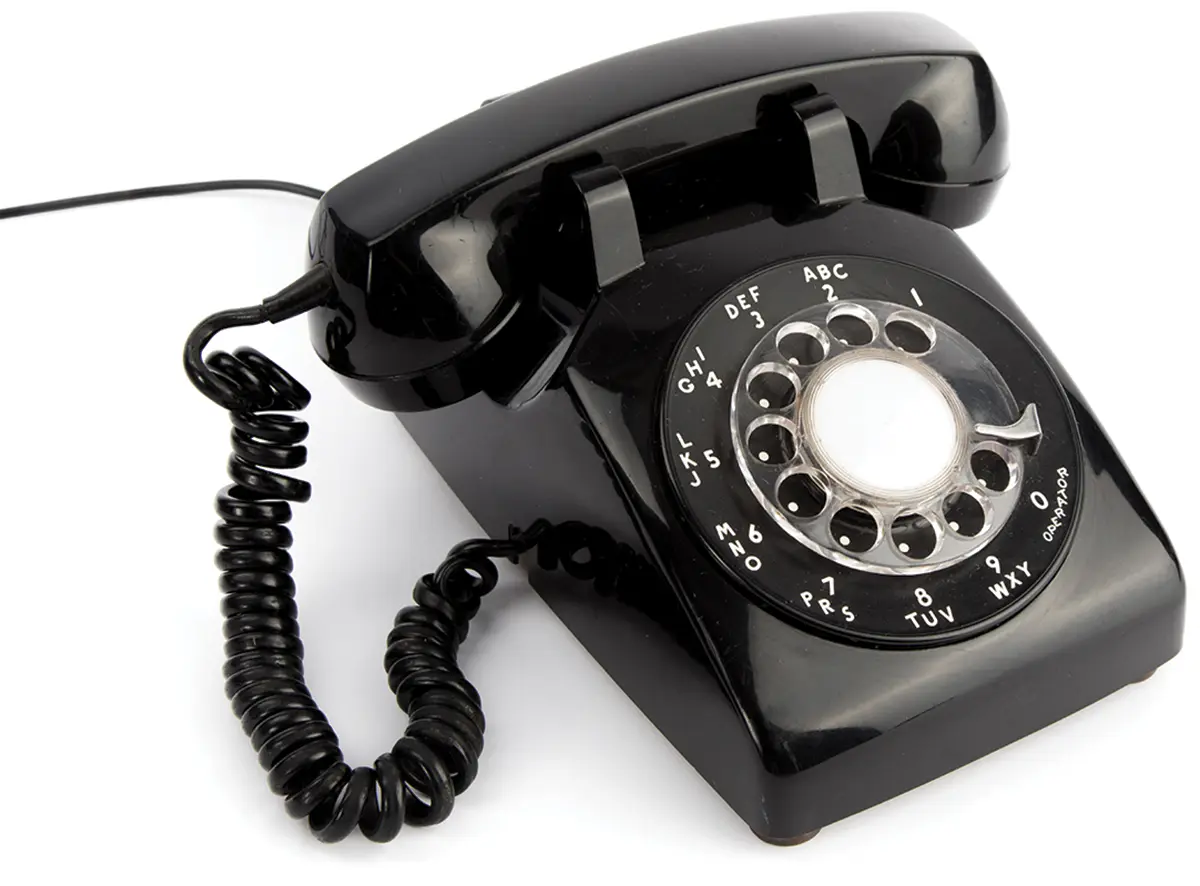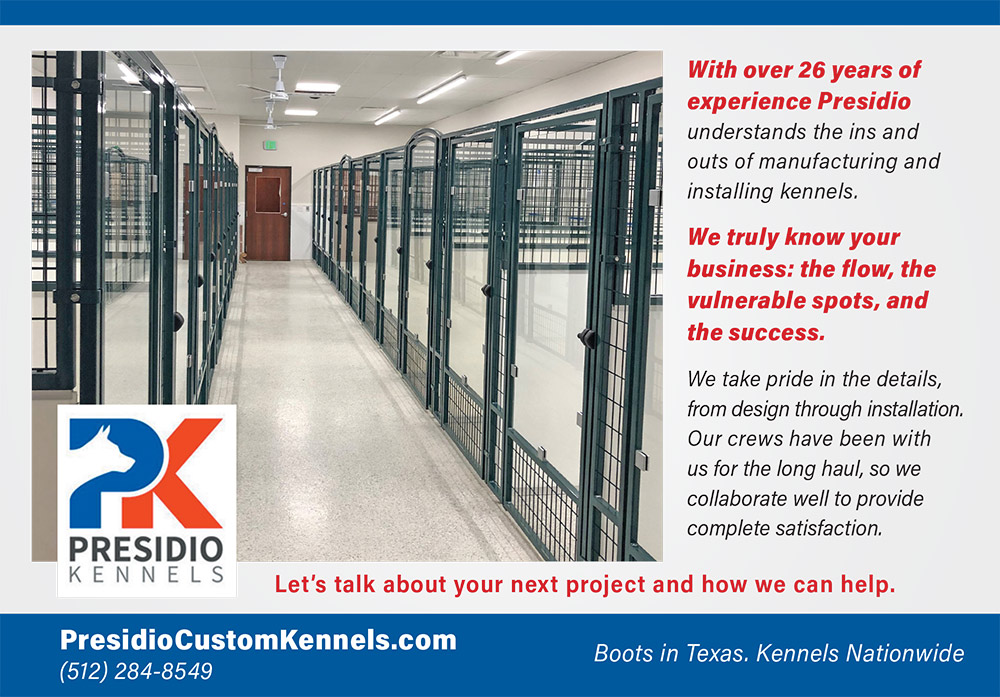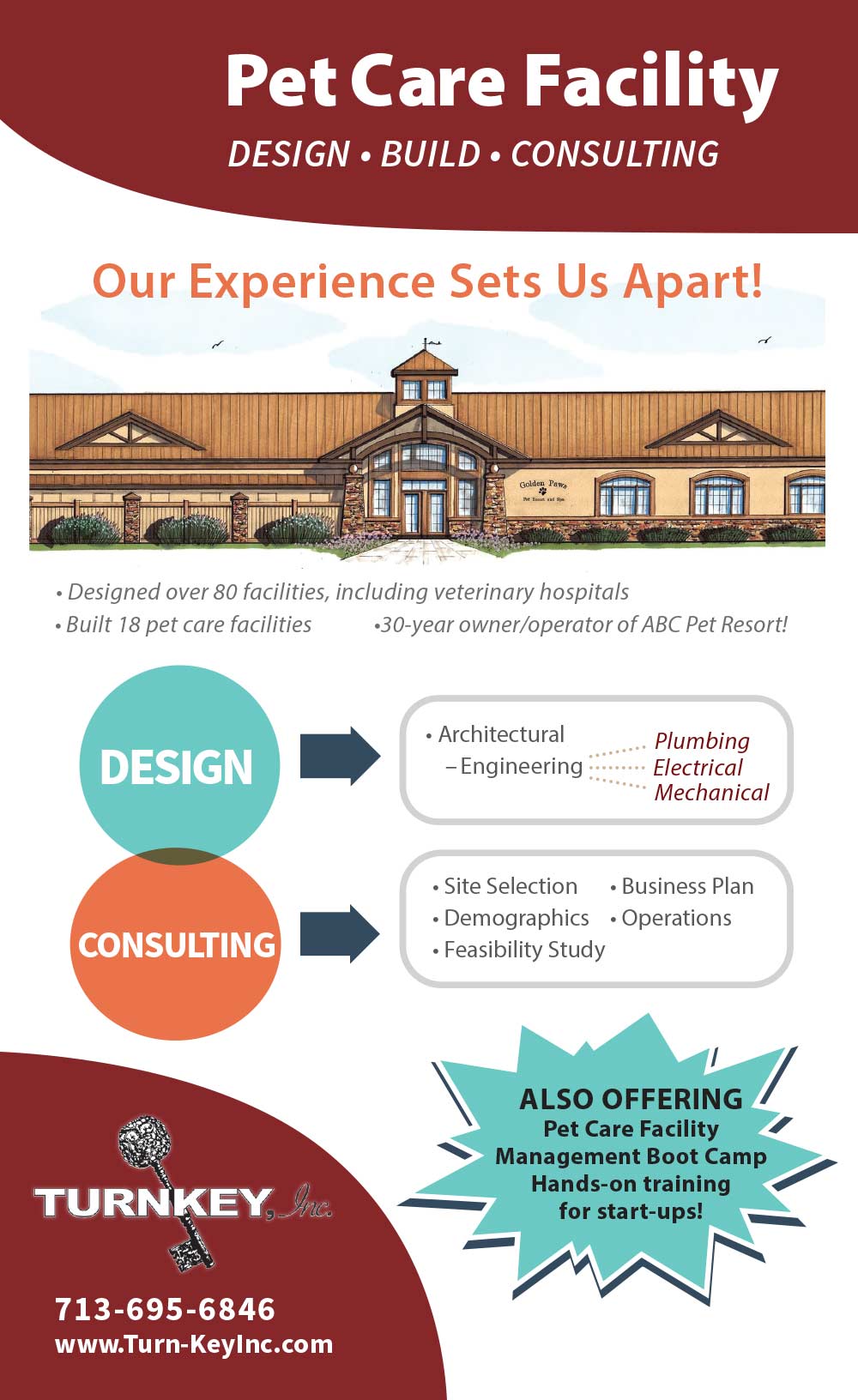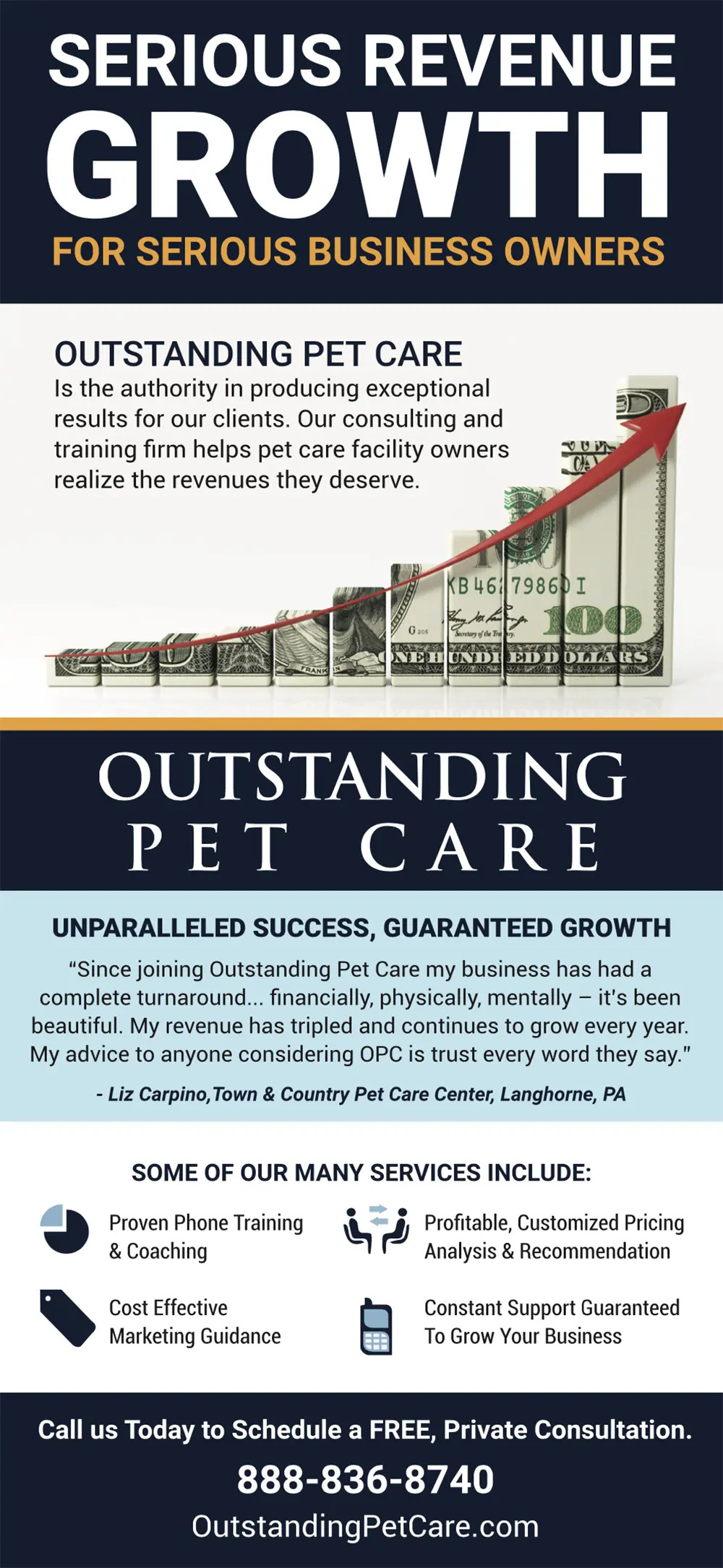Business


 ommoditization threatens many industries, and unfortunately pet care is no different. This phenomenon reduces services and products to universal commodities where the lowest price and easiest transaction wins.
ommoditization threatens many industries, and unfortunately pet care is no different. This phenomenon reduces services and products to universal commodities where the lowest price and easiest transaction wins.
As Americans, we’re culturally predisposed to commoditize. We’re bombarded with a constant flood of information so our brains look for shortcuts and simplify decisions wherever possible. So, unless your company can differentiate itself effectively, you and your competitors may get lumped together in the eyes of the pet parent prospect. Like a gallon of gasoline or pound of flour, pet care services can become just another generic, interchangeable purchase.
For insight on how to counteract commoditization, we might look to the hotel and airline industries. These sectors have already faced and overcome similar challenges with a variety of strategies. Hotels, for instance, use star ratings, brand differentiation, and trusted reviewers to help customers make informed decisions based on their budget and expectations. Similarly, airlines offer different service classes and loyalty programs to create distinct value propositions.
Unfortunately, pet care currently lacks such standardized differentiation. This makes it even more important for us to consistently and clearly demonstrate why and how our services are better than the cheaper, riskier options.
Instead, focus on what sets your company apart. Establish a strong brand identity that highlights the unique benefits of your services. Emphasize the superior quality of your care, specialized amenities, high safety and staffing standards, and anything else that makes your company special. Use consistent and powerful messaging to establish a cohesive, positive perception of your business. Testimonials, positive portrayals of your care, and effective photos and videos can help show why your facility is well worth the price tag. However, there’s one amazing tool in your pocket that many pet care facilities overlook—the phone.

- Miss as few calls as possible. Most pet care facilities miss far too many calls—probably more than you think. Missing calls reduces trust and perceived reliability, and it’s the equivalent to leaving piles of money on the table. A single client might spend thousands—or even tens of thousands—with your company over the course of their pet’s life. Every new-client phone call is a valuable opportunity that should be treated with the utmost care and skill.
- Consider adding a phone person. Once you’re answering as many calls as possible, how your company handles these calls is critically important. It’s no exaggeration to say this can actually make or break many pet care businesses. First consider who is answering the phone at your facility and what they are saying. Do you let anyone answer new calls? Do you freely give away price and availability information before trying to qualify your rates and differentiate your company?
- Arm your phone person with compelling information. Your phone person has mere minutes to earn the customer’s trust, qualify your rates and make the reservation. Ensure they’re ready with positive, consistent, compelling information to accomplish these goals.
- Training and monitoring. It’s worth investing in thorough, proper training for your phone staff, as they’ll return it in spades. They should be able to confidently capture client information, promote your facility, upsell activities and add-ons, and secure the booking on the initial phone call. Ongoing coaching and training are beneficial to ensure maximum performance.
Ultimately, the path to overcoming commoditization lies in showing customers (and customer prospects) that not all pet care solutions are equal. With these strategies, you can ensure your business thrives amidst the competition.
Laura Laaman is president of Outstanding Pet Care. Outstanding Pet Care’s Revenue Building Services and Absentee Owner Program provide the tools to help pet care business owners thrive. If you’re interested in a healthier and more rewarding business, schedule a consultation by calling 1-888-836-8740 or visiting www.outstandingpetcare.com/contact.


